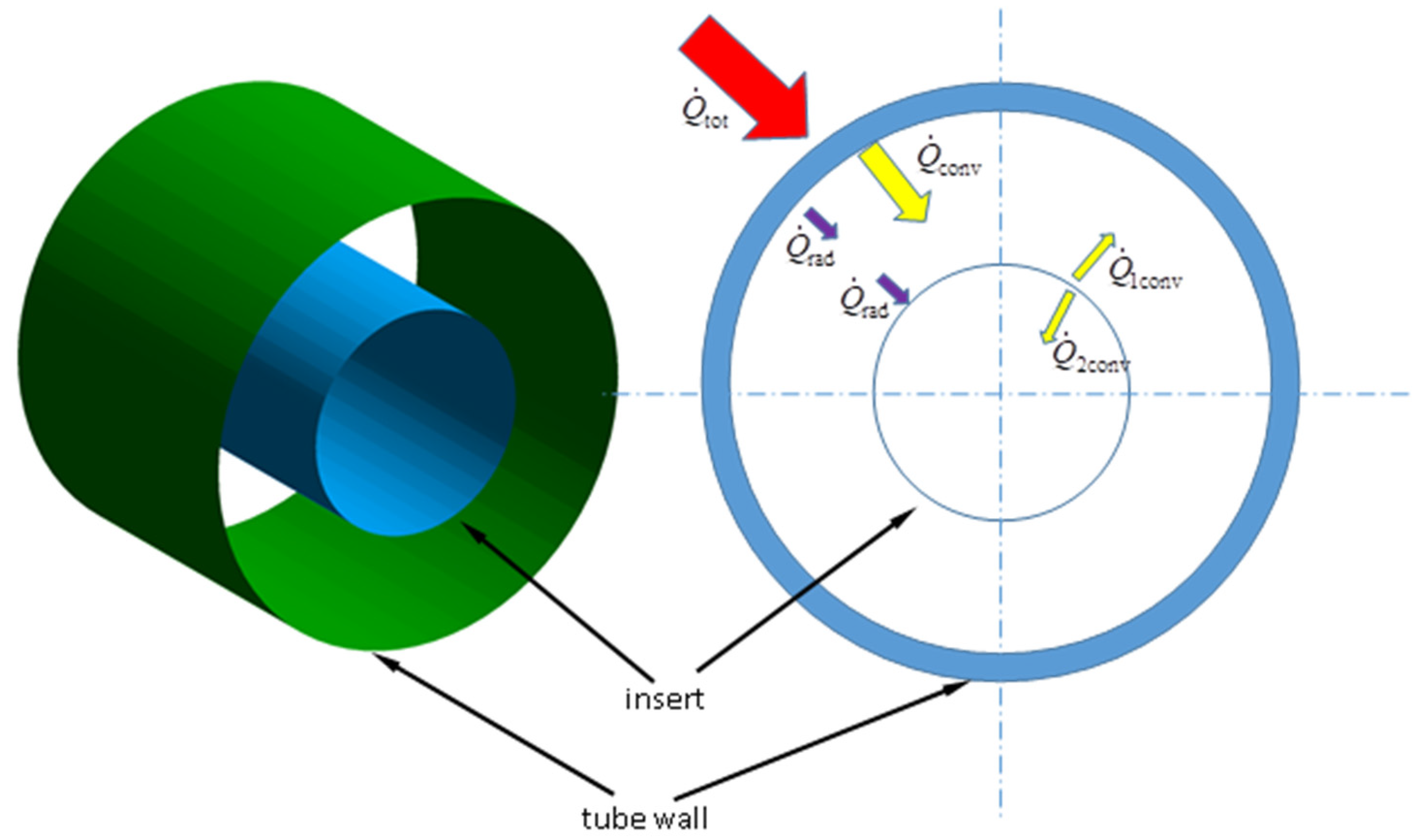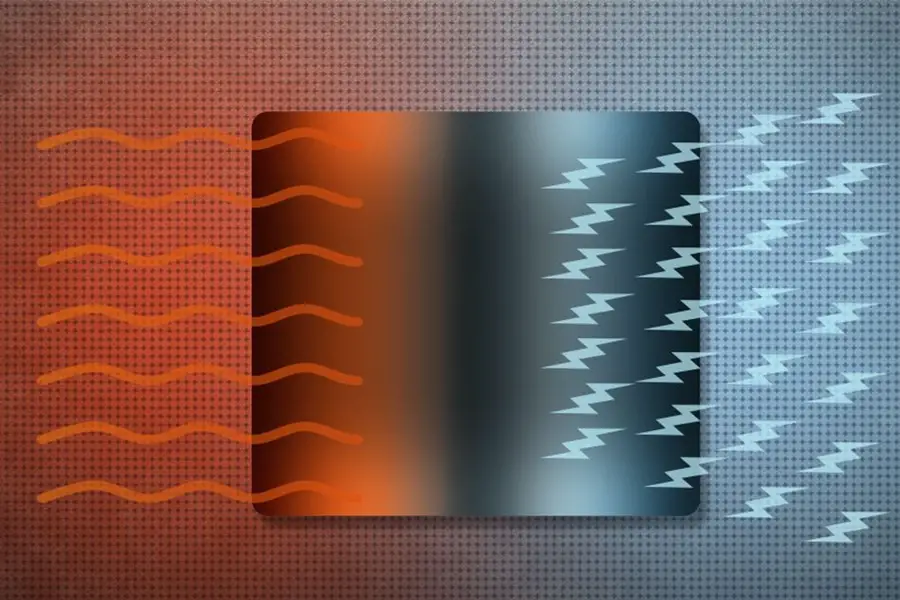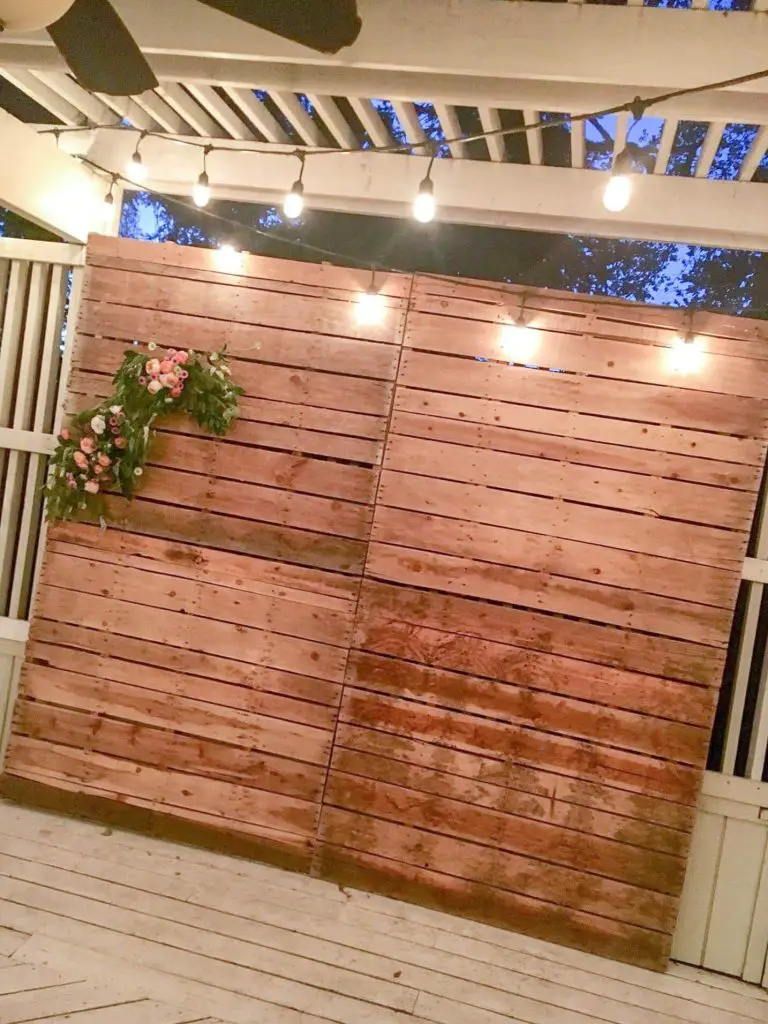Can Heat Pass Through Walls?
Heat transfer is the process of heat being transferred from one object to another. In order for heat to be transferred, there must be a temperature difference between the two objects. There are three methods of heat transfer-conduction, convection, and radiation.
All three methods can occur through walls. Conduction is the transfer of heat through direct contact. When two objects with different temperatures come into direct contact with each other, heat will flow from the hotter object to the cooler object until they reach the same temperature.
The rate at which this happens depends on how good of a conductor the material is-some materials are better conductors than others. Metals are generally good conductors while wood and glass are not as good conductors. Convection is the transfer of heat through fluid motion-either liquid or gas.
When there is a temperature difference between two fluids (liquids or gases), hot fluid will rise and cold fluid will sink due to differences in density. This causes circulation within the fluids which transfer heat around. Convection can also happen within solid materials if there are voids or pores present-this is called forced convection.
Radiation is the transfer of heat through electromagnetic waves-it does not require any physical contact between objects for heat to be transferred.
Can heat pass through walls? The answer may surprise you! Most people think that heat only travels through the air, but that’s not entirely true.
While it’s true that heat does travel through the air, it can also travel through other materials like wood, metal, and even concrete. So how does heat travel through these materials? It all has to do with the molecules that make up the material.
Heat energy is transferred from molecule to molecule until it eventually reaches the other side of the wall. The rate at which this happens depends on the type of material. For example, metal conducts heat much better than wood or concrete, so heat will travel through a metal wall much faster than it will travel through a wooden or concrete one.
This is why you often feel a draft when there’s a hole in your window or door – because the warm air inside your home is escaping out through the hole and being replaced by cooler air from outside. So next time you’re wondering whether or not heat can pass through walls, just remember – it all depends on what the wall is made of!
Can Heat Transfer by Radiation Go Through a Wall?
Can heat transfer by radiation go through a wall? The answer to this question is not as simple as it may seem. While it is true that heat can transfer by radiation through a wall, the amount of heat that can be transferred is limited.
There are three primary types of thermal radiation: infrared, visible light, and ultraviolet light. Of these, only infrared radiation has the ability to penetrate walls. However, even infrared radiation cannot penetrate all types of walls.
For example, infrared radiation cannot penetrate metal walls or walls coated with certain materials such as glass or plastic. The amount of heat that can be transferred by radiation also depends on the thickness of the wall. The thicker the wall, the less heat will be able to pass through it.
Additionally, the type of material making up the wall also affects how much heat is transferred. For instance, concrete walls are better at trapping heat than wood walls. In general, though, it is possible for heat to transfer by radiation through a wall.
However, there are several factors that limit how much heat can be transferred in this way.

Credit: www.mdpi.com
How Do You Stop Heat from Coming Through Walls?
If your home feels drafty or cold in winter and hot in summer, chances are your walls could use some additional insulation. Stopping heat from coming through walls can be accomplished by installing new insulation, sealing gaps and cracks, and weather-stripping doors and windows. These simple steps will make your home more comfortable while also saving you money on energy bills.
Installing Insulation Adding insulation to your walls is the best way to keep heat in (or out) of your home. If you live in an older home with little to no insulation, you’ll notice a significant difference in temperature after adding some.
The type of insulation you choose will depend on the climate you live in as well as the construction of your home. For example, homes in colder climates should use thicker fiberglass batts or rigid foam boards, while those in milder climates can get away with thinner fiberglass batts or loose-fill cellulose insulation. Sealing Gaps and Cracks
Even if your walls are already insulated, heat can still escape through small gaps and cracks. To prevent this from happening, seal any cracks or openings with caulk or expanding spray foam. You may need to use a putty knife to remove the old caulk before applying new caulking around windows and doors.
Once all the cracks are sealed, apply weather stripping around doors and windows to create an extra barrier against drafts. Weather-Stripping Doors and Windows Weather-stripping is a simple but effective way to stop air leaks around doors and windows.
There are many different types of weather stripping available, so choose one that best suits your needs. For example, felt strips are good for closing gaps between a door frame and door, while foam tape works well for sealing gaps around window frames.
How Much Heat is Lost Through Wall?
It’s a common misconception that a lot of heat is lost through walls. In reality, only a small fraction of heat is lost through the walls of a home. The majority of heat loss actually occurs through windows and doors.
So how much heat is lost through the wall? The answer depends on the type of wall construction and the materials used. A typical wood frame wall with standard insulation can lose up to 25% of its heat.
However, this number can be significantly reduced with proper insulation and weather stripping.
Does Heat Pass Through Drywall?
One of the most common questions we get here at our office is “Does heat pass through drywall?” The answer to this question is both yes and no. Let us explain.
If you have ever put your hand on a wall that has been in the sun for a while, you know that walls can get pretty warm. This is because heat does indeed pass through the drywall. However, the amount of heat that passes through drywall is minimal compared to other materials like glass or metal.
In fact, tests have shown that about 4% of heat passes through the drywall. So while heat does pass through drywall, it doesn’t do so very efficiently. Now let’s say you have a room that gets pretty hot during the day due to the sun shining in through the windows.
Even though there is some heat passing through the drywall, most of the heat in the room is actually coming from the windows. To help keep your home cooler in the summer months, we recommend adding window treatments like blinds or curtains to help block out some of that sunlight and reduce the amount of heat entering your home.
What Materials Can Heat Not Pass Through?
There are a variety of materials that heat cannot pass through. Some of these include glass, metal, paper, and plastic. Each one of these materials has a different reason why heat cannot pass through it.
For example, glass is a very good insulator because it does not allow atoms to vibrate. This means that heat cannot be transferred from one side of the glass to the other. Metal is also a good insulator because it contains a large number of electrons.
These electrons are able to absorb energy and prevent it from being transferred to the other side of the metal. Paper and plastic are both poor conductors of heat because they contain few electrons. This means that they are not able to absorb or transfer heat very well.
Can a Thermal Camera See Through Walls?
Conclusion
The short answer to this question is yes, heat can pass through walls. However, the rate at which heat passes through a wall depends on several factors, including the type of material the wall is made of and the thickness of the wall. In general, thicker walls will block more heat than thinner ones.






